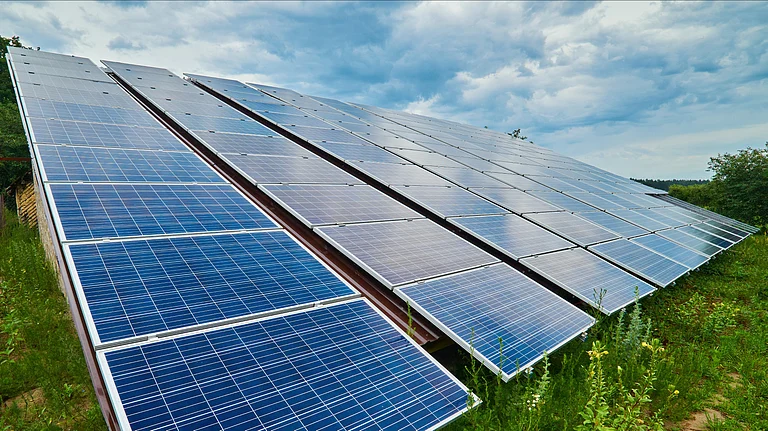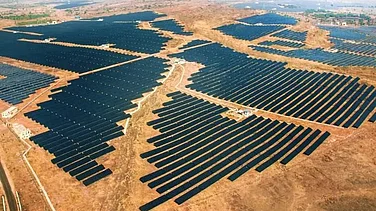The year 2024 was the hottest on record in the South-West Pacific region, with temperatures approximately 0.48 degrees Celsius above the 1991–2020 average, according to the State of the Climate in the South-West Pacific 2024 report released by the World Meteorological Organization (WMO) on June 5, 2025.
The South-West Pacific region includes Australia, Brunei Darussalam, the Cook Islands, Fiji, French Polynesia, Indonesia, Kiribati, Malaysia, the Marshall Islands, Federated States of Micronesia, New Caledonia, New Zealand, Niue, Papua New Guinea, the Philippines, Samoa, Singapore, the Solomon Islands, Timor-Leste, Tonga, Tuvalu and Vanuatu.
As reported by Down To Earth, the year was further marked by extreme heat, devastating cyclones, heavy floods and the largest marine heatwave event ever observed.
The annual average surface temperature across land and ocean in the region surpassed all previous records, even exceeding 2023. This intense warming was largely driven by the lingering effects of 2023/24 El Nino event.
Down To Earth also noted that locations from Malaysia and the Philippines to Vanuatu and southern Australia, experienced temperatures about 0.5 degrees Celsius to 1 degree Celsius higher than the 1991-2020 average. Brunei Darussalam, Singapore and the Philippines also reported their hottest year ever.
The report underscored that a significant heatwave affected Western Australia in February 2024. On February 18, Carnarvon touched 49.9 degrees Celsius and Geraldton reached 49.3 degrees Celsius—both more than 2 degrees Celsius hotter than their previous century-old records. At Emu Creek, temperatures hit 48 degrees Celsius for four consecutive days—a first for any Australian location. This contributed to the hottest summer ever recorded in many parts of the region, reported Down To Earth.
Extreme Rises in Ocean Temperature
Another study published in the journal Nature Climate Change found that the world experienced a 240% increase in the average number of marine heatwave (MHW) days in the summers of 2023-24 relative to the instrumental record.
MHW are prolonged spikes in ocean temperature, now affecting every part of the globe. Nearly 10% of the oceans experienced the highest sea surface temperatures (SST) ever — four times higher than the historical annual average, according to the study published in the journal Nature Climate Change.
The global average SSTs reached record highs. This rapid warming, according to scientists, is fuelled by human-induced climate change. The other contributing factors include El Niño — warm phase of a natural climate pattern across the tropical Pacific known as the El Niño-Southern Oscillation, or “ENSO” — and record low global cloud cover.































